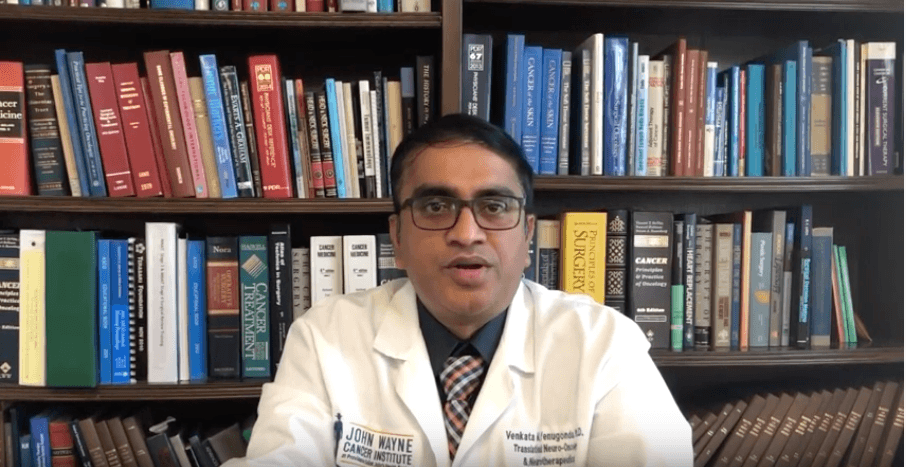
Basic Science Research
Basic Science Research in Neurological Oncology
Our basic science research program looks at brain cancer characteristics and understands why and how cells become cancerous.
We explore specific aspects of how to disrupt or prevent harmful pathways in order to block cancer development. Some of the active initiatives of our researcher team include tumor cell metabolism, molecular signaling and the use of nanotechnology in drug delivery.
Tumor Metabolism Initiative
As part of the basic research in our laboratory, we are working on identifying the exact role of tumor metabolism and how this can be used to treat cancer.
Tumors have a high rate of metabolism due to the rapidly growing tumor cell population. This means a high rate of glucose utilization and mitochondrial function. In order to understand the role of tumor metabolism and to help design new treatment strategies, we are focusing on an important mitochondrial protein, called p32. We are exploring the role of this protein in glioblastoma and its effect on tumor growth and invasiveness.
Nanotechnology Initiative
Liposomal encapsulation is a technique that can be used effectively to deliver chemotherapy to tumors at effective concentrations.
We have developed a patented technology for highly efficient encapsulation and are using it to package various targeted therapeutic agents for glioblastoma. We recently published a study where we encapsulate a highly potent multi-kinase inhibitor, staurosporine that has high activity against many chemotherapy-resistant tumors.
OLIG and Other Transcription Factors, and Tyrosine Kinase Receptors in the Pathogenesis of Glioma
Using a variety of molecular, cellular, and genetic techniques, we are studying the function of proteins that regulate the activity of genes in neural and tumor stem cells. We are interested in the role of OLIG and other transcription factors in the biology of gliomas. We are also studying tyrosine kinase receptors that are key regulators of proliferation and growth of gliomas.
By isolating glioma stem cells from surgical tissue and culturing in vitro and in vivo in preclinical models we study the unique molecular and genetic biology of these cells in relation to the whole tumor.
We have shown that the same genetic regulator that triggers growth of stem cells during brain development, Olig2 (a transcription factor), also plays a central role in the development of malignant gliomas from glioma cancer stem cells. Olig2 is activated in the stem and progenitor cells found in the tumors. In a preclinical model of malignant glioma, we found that taking away Olig2 stopped tumor formation in 91% of cases. An analysis of the role of Olig2 gene in both tumor cells and normal neural stem cells revealed that it plays a key role in enabling cell growth. Our team’s findings identify Olig2 as an important candidate for anti-tumor therapeutics. Further studies are ongoing to unravel the mechanism of Olig2’s function in glioma stem cells and screening drugs that will block this process with eventual goal of killing glioma stem cells.
